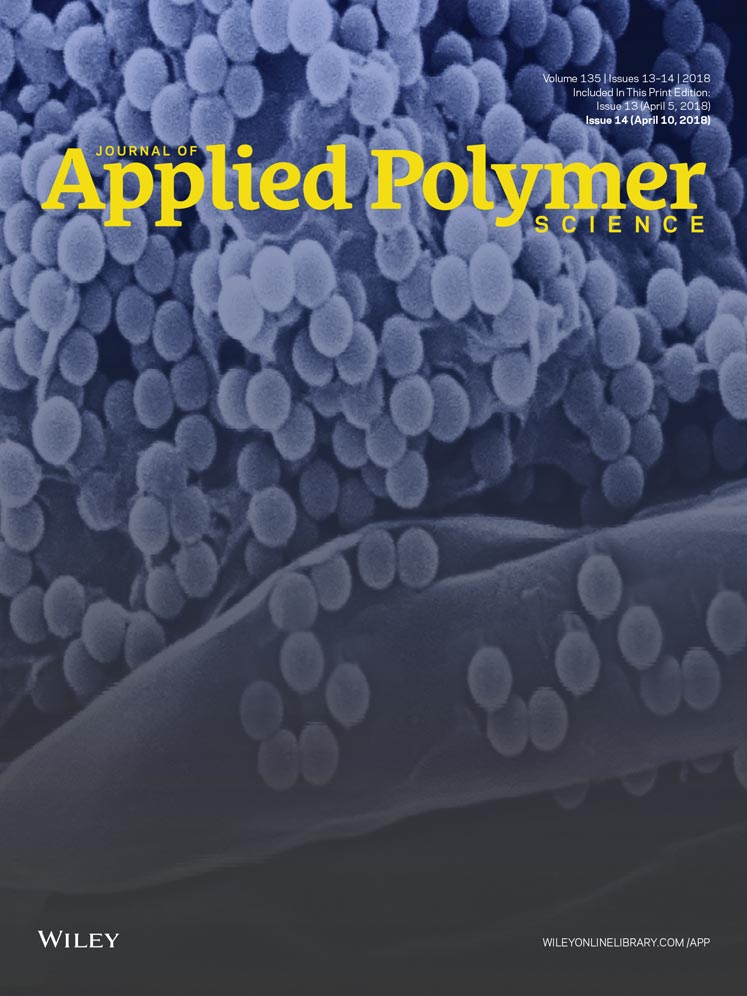Effect of graphene and CNT reinforcement on mechanical and thermomechanical behavior of epoxy—A comparative study
ABSTRACT
Graphene-nanoplateles (Gr) and multiwalled carbon nanotubes (CNTs) reinforced epoxy based composites were fabricated using ultrasonication, a strong tool for effective dispersion of Gr/CNTs in epoxy. The effect of individual addition of two different nanofillers (Gr and CNT) in epoxy matrix, for a range of nanofiller content (0.1–1 wt %), has been investigated in this study. This study compares mechanical and thermomechanical behavior of Gr and CNT reinforced epoxy. Gr reinforcement offers higher improvement in strength, Young's modulus, and hardness than CNT, at ≤0.2 wt %. However, mode-I fracture toughness shows different trend. The maximum improvement in fracture toughness observed for epoxy-Gr composite was 102% (with 0.3 wt % loading of Gr) and the same for epoxy-CNT composite was 152% (with 0.5 wt % loading of CNT). Thorough microstructural studies are performed to evaluate dispersion, strengthening, and toughening mechanisms, active with different nanofillers. The results obtained from all the studies are thoroughly analyzed to comprehend the effect of nanofillers, individually, on the performance of the composites in structural applications. © 2017 Wiley Periodicals, Inc. J. Appl. Polym. Sci. 2018, 135, 46101.




